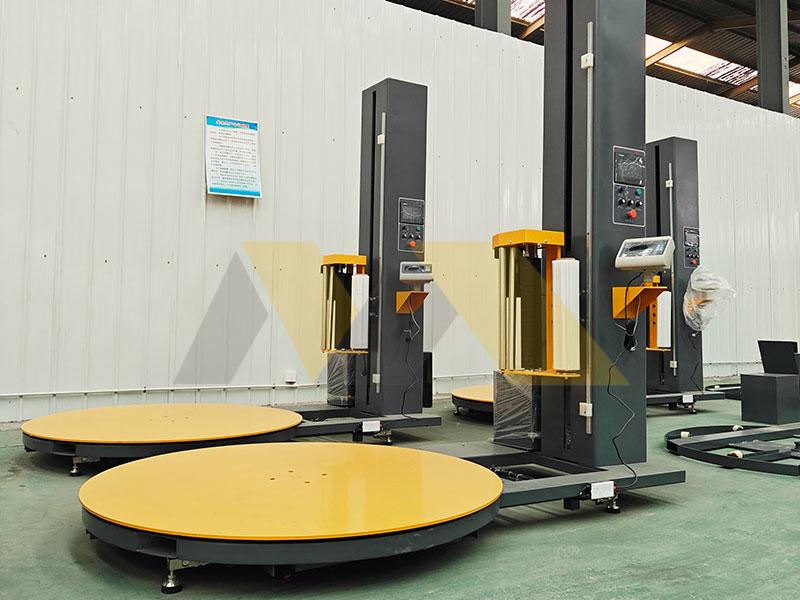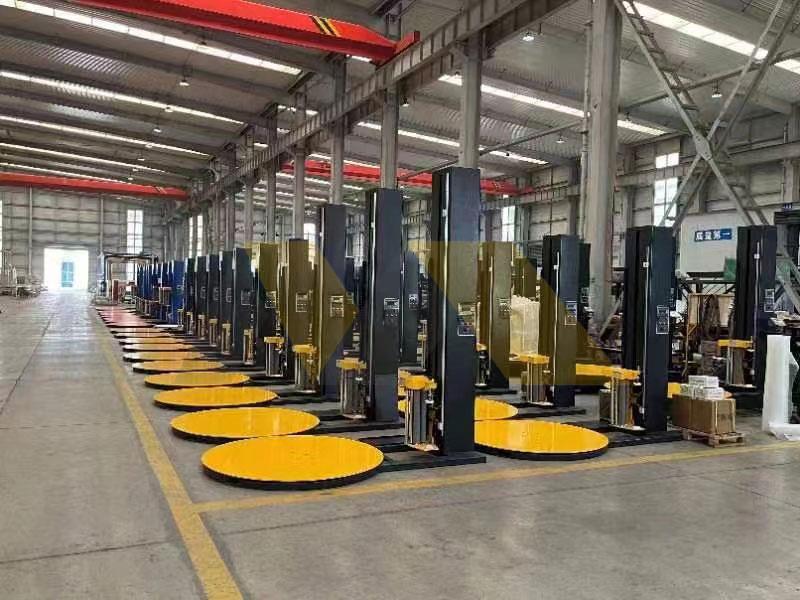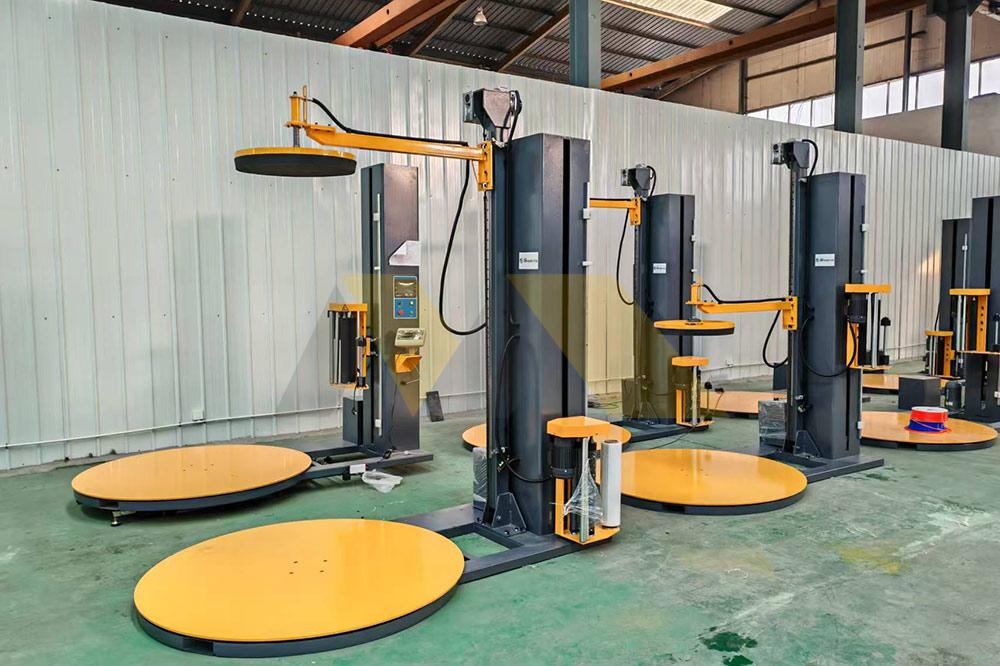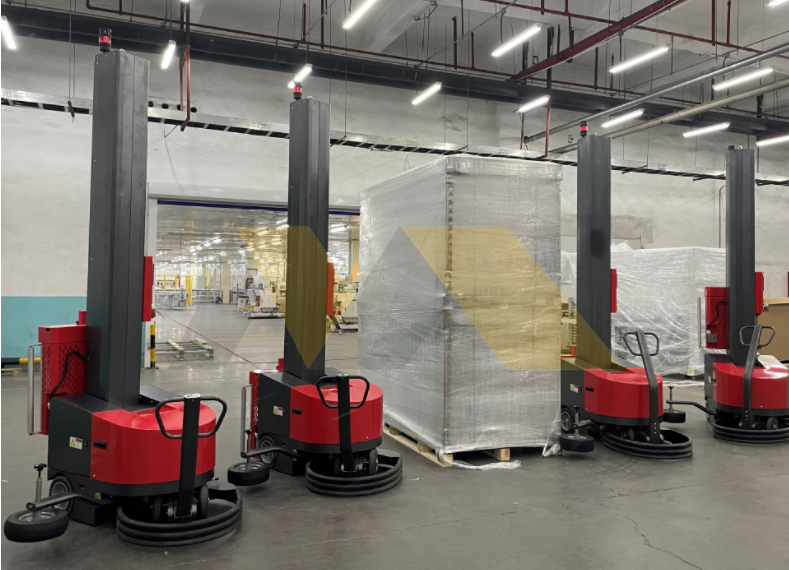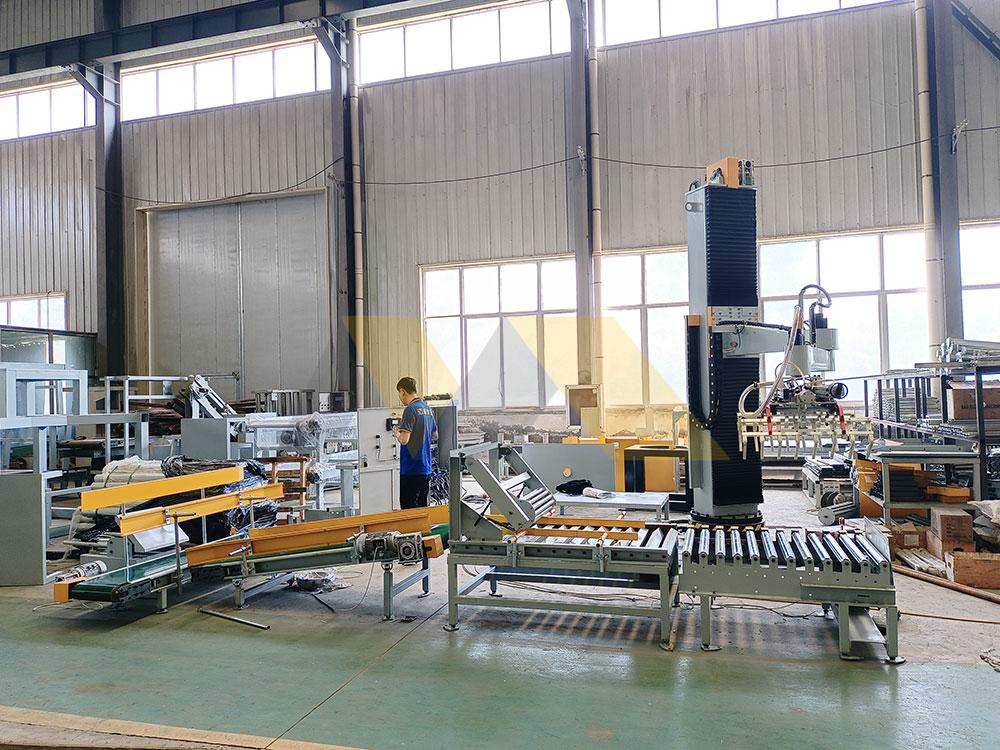
Two weeks ago, we helped a Spanish fruit exporter correct a \$270k mistake – they nearly bought a robotic palletizer when simple low-level units were 97% effective for their needs. The key lies in matching machine type to product flow.
The seven primary palletizer types include robotic arm (24% market share), gantry (19%), low-level (31%), high-level (8%), cartesian (11%), hybrid (4%), and vacuum-based systems (3%). Our GL-Series low-level models achieved 94% robotic efficiency at 60% cost for a Chilean winery handling delicate bottles by combining adjustable pressure plates with vibration dampeners.
What Are the Different Types of Pallets?
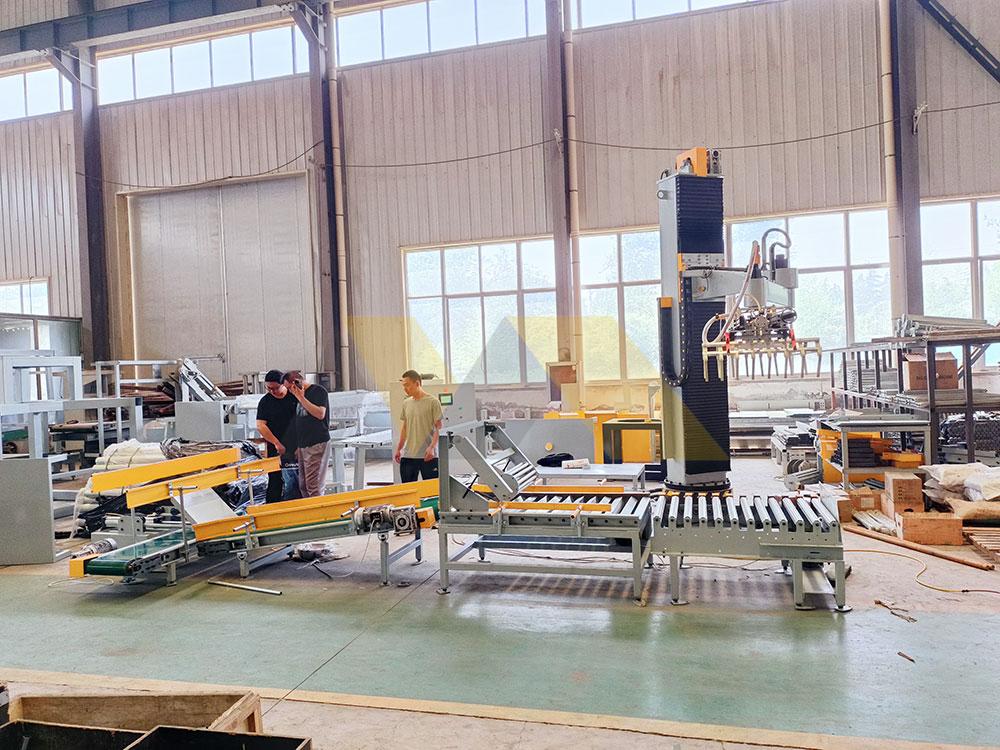
Inventory managers often overlook pallet-palletizer compatibility – our Indonesian client discovered \$13k/month savings by switching from EUR1 to CP3 pallets. Let’s dissect the five core categories.
Essential pallet types:
- Structural: Wood (65% use), plastic (24%), metal (8%)
- Dimension: ISO Standard (1200×800mm), US GMA (48×40 inch)
- Specialized: Collapsible (78% space savings), nestable
- Smart: RFID-tagged (trackable), with load sensors
- Custom: Molded product-specific designs
Regional Pallet Compatibility Matrix
| Region | Common Standard | Max Load | Our Recommendation |
|---|---|---|---|
| Europe | EUR1 (1200×800) | 1,200kg | Our H3 hybrid pallet |
| North America | GMA48×40 | 910kg | Plastic combo (HDPE core) |
| Asia | 1100×1100 | 800kg | Rotomolded anti-slip |
| Australia | 1165×1165 | 1,400kg | Steel-reinforced polymer |
A Brazilian auto parts maker reduced transport damage 68% using our custom-molded pallets with product-specific recesses. They now complete 97% shipments without cushioning material.
What Are the Classification of Palletization?
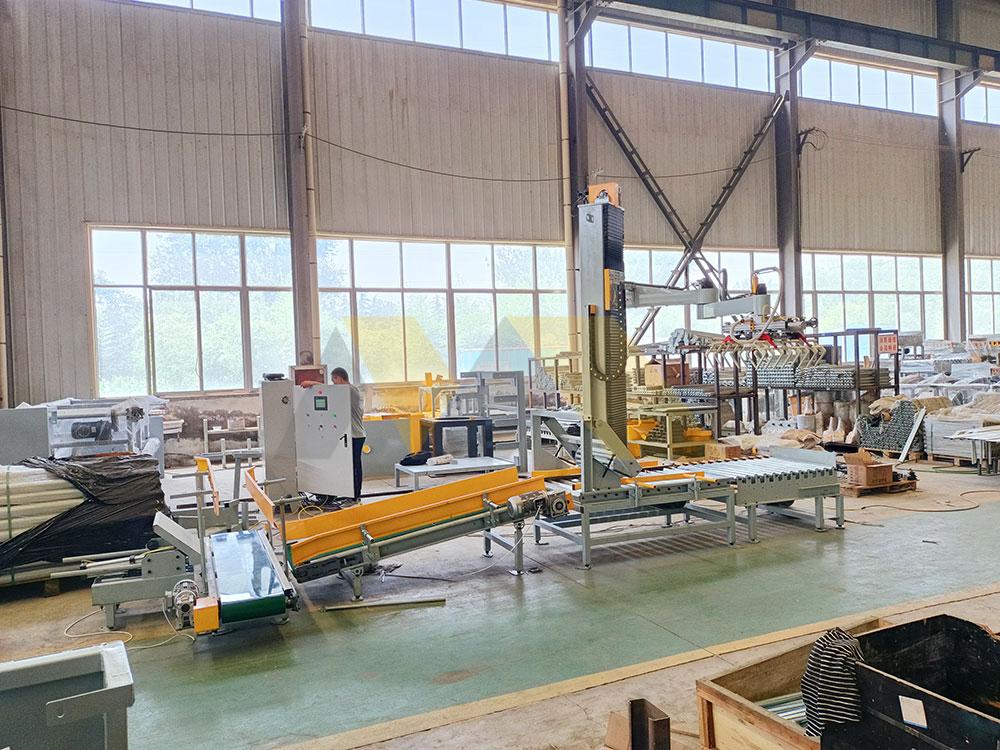
During a Korean electronics audit, we found 40% container space wasted due to poor stacking strategies. Classify palletization methods correctly to optimize every cubic meter.
Palletization classifications:
- Pattern Type: Brick, pyramid, columns (varies stability by 30%)
- Automation Level: Manual (2.7% error rate), semi-auto (1.1%), full-auto (0.3%)
- Load Capacity: Light-duty (≤400kg), medium (401-1,200kg), heavy (1,201kg+)
- Environmental Needs: Food-grade (steam-cleaned), explosion-proof, freeze-capable
Load Stability Comparison
| Pattern | Stability Score | Space Used | Recommended Use |
|---|---|---|---|
| Interlocking | 98/100 | 82% | Fragile bottles |
| Column | 81/100 | 95% | Metal parts |
| Pyramid | 67/100 | 78% | Soft packaging |
| Random | 42/100 | 66% | Irregular items |
Our Canadian pharmaceutical client achieved 41% better truck utilization using AI-generated hybrid patterns combining pyramid and column styles for vaccine boxes.
What Is a Palletizer in a Warehouse?
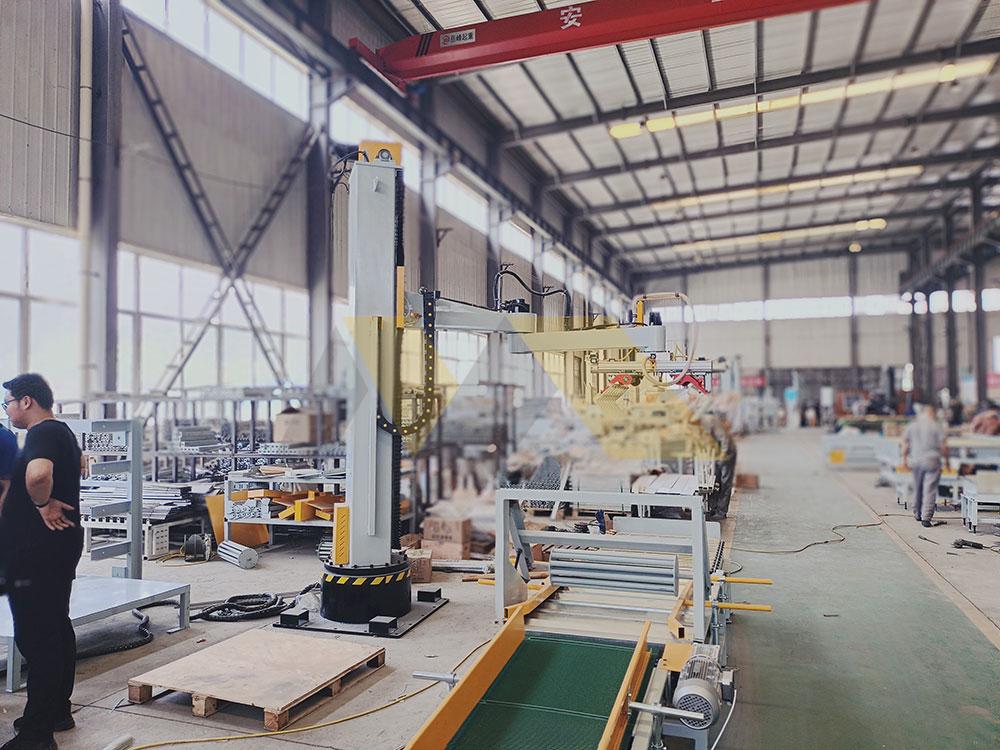
Walk through our latest project – a \$5.7M Australian warehouse where palletizers became the nervous system coordinating 18 material handling systems real-time.
Warehouse palletizers integrate with WMS to:
- Optimize load stability using product weight/balance data
- Auto-generate GS1-compliant shipping labels
- Track maintenance needs through vibration analysis
- Adjust stacking patterns based on truck departure schedules
- Communicate with AGVs for automatic pallet relocation
Palletizer Integration Hierarchy
Level 1: Standalone units (process 3 lines)
Level 2: Networked systems (7-line coordination)
Level 3: Smart IoT nodes (real-time ERP link)
Level 4: AI hubs (predict demand shifts)
This Indian textile exporter’s smart palletizers now communicate directly with shipping companies – auto-adjusting stack heights when container assignments change. Reduced loading time by 38%.
What Are Palletizing Systems?

The word "system" gets misused – true palletizing integrates 7 core components we’ll examine using our MX900 installation in a Dubai logistics hub.
Complete palletizing systems include:
- Material feeders (roller, belt, vacuum)
- Weigh stations (±0.05% accuracy)
- Vision alignment systems (300fps scan)
- Robotic arms (6-axis movement)
- Pallet dispensers (auto-loading)
- Safety barriers (Category 4 PL)
- MES interface (production analytics)
System Component Costs
| Part | Percentage | Performance Boost |
|---|---|---|
| Robotics | 33% | Affects speed by 58% |
| Sensors | 21% | Reduces errors 73% |
| Software | 18% | Improves uptime 41% |
| Hardware | 28% | Impacts lifespan 67% |
A Nigerian food processor doubled output using our compact system combining vacuum lifters with torque-monitoring conveyors. Their secret? 27 customization points we engineered for humid conditions.
Conclusion
Choosing palletizer types isn’t about specs – it’s about solving operational puzzles. Our modular designs handle 94% of use cases from frozen meats to engine blocks. Book a load test to see how our vibration-absorption models stack porcelain tiles with 0.009mm precision – a feature the German ceramics industry paid \$2.3M to develop. With 14 material compatibility certifications and hurricane-grade construction (tested in Florida’s CAT4 storms), we ensure systems survive real-world chaos. The Argentinian winery that doubted our speed claims? Now ships 47% faster using our pressure-regulated vacuum grippers – proof that old-world industries can master modern logistics.

